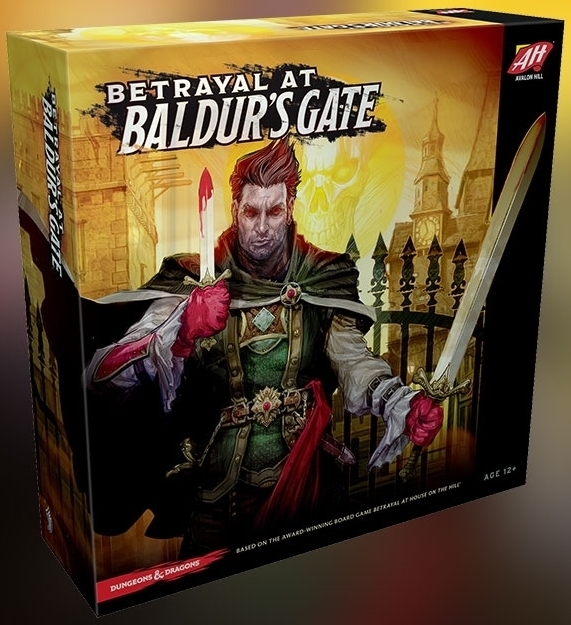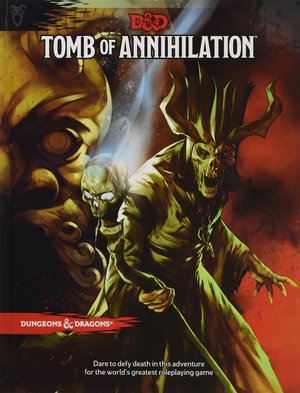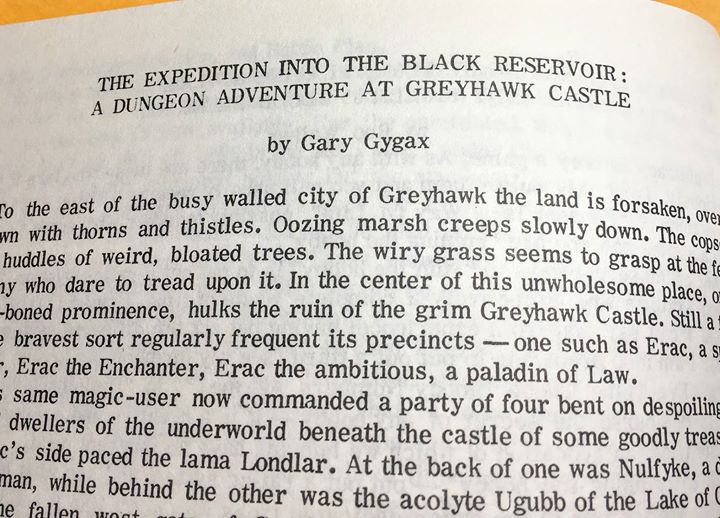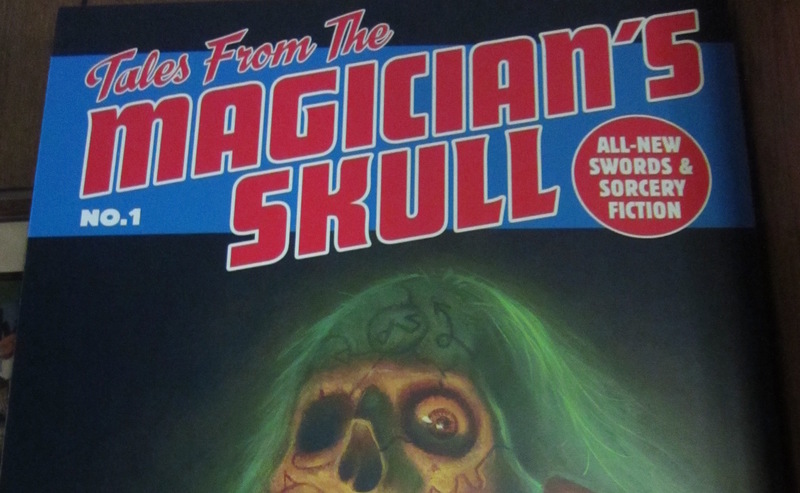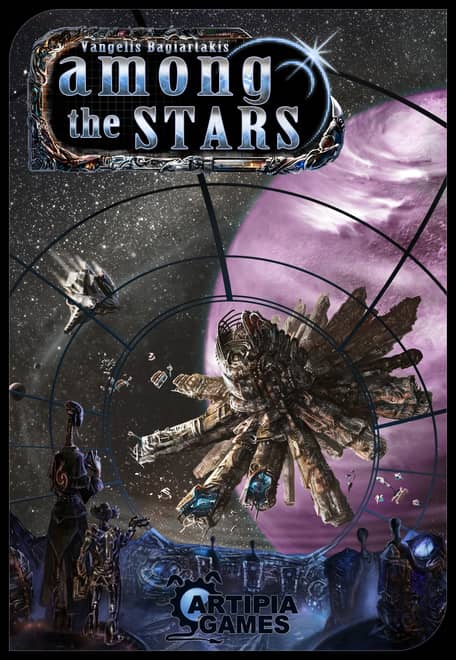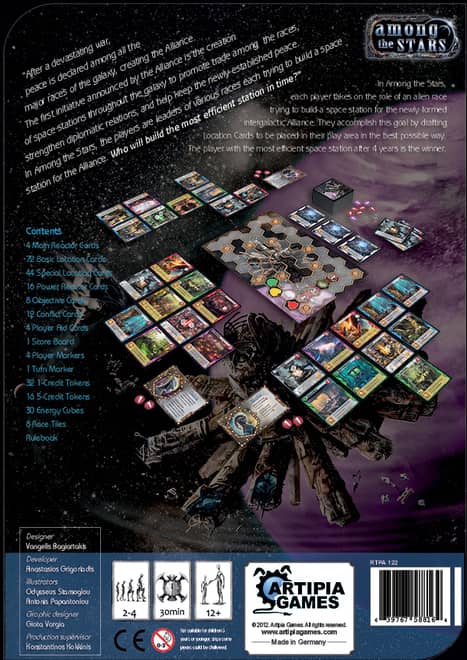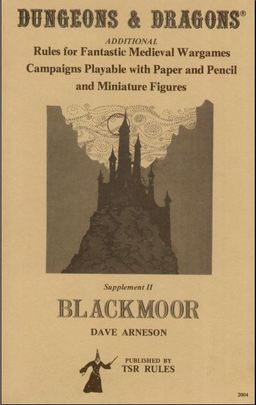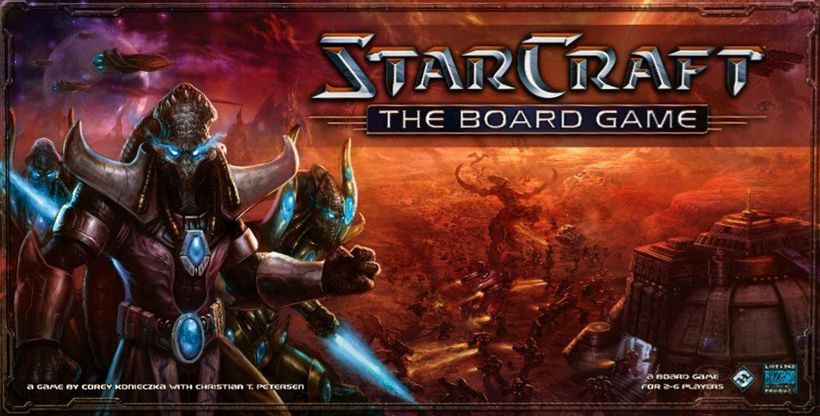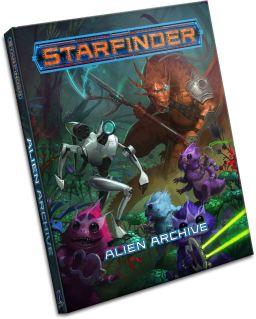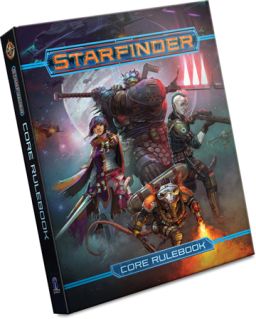Avalon Hill Tries a D&D Boardgame: Betrayal at Baldur’s Gate
I’ve been fascinated by the D&D Adventure System cooperative play games, which include Temple of Elemental Evil, Castle Ravenloft, Legend of Drizzt, and Wrath of Ashardalon, because apparently they can all be used together in one giant uber map of fun. (I don’t know for sure, of course, because my copies are all still in shrinkwrap and buried in the basement, but I think that’s the general idea.)
There’s been a pretty consistent drumbeat of releases in the series, including two others just this year, Assault of the Giants (February 15, 2017) and Tomb of Annihilation (October 18, 2017) — so much so that it sometimes seems that Wizards of the Coast has wholeheartedly embraced the industry’s shift away from tabletop RPGs towards board games by gradually turning D&D into a top line board game brand. I don’t think their board game releases outnumber their RPG supplements for 2017, but it’s probably getting close.
I heard plenty about Assault of the Giants, and ordered a copy over the summer, and I’ve seen a lot of recent chatter about Tomb of Annihilation. But October’s other D&D board game release, Betrayal at Baldur’s Gate (October 6, 2017), took me completely by surprise. In fact, I’d probably still be blissfully ignorant if I hadn’t seen an Oct. 3 Facebook post from Games Plus (hat tip to Arin Komins for the link).
